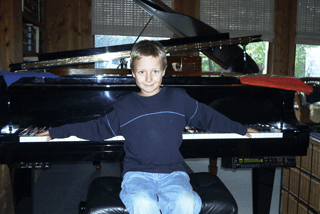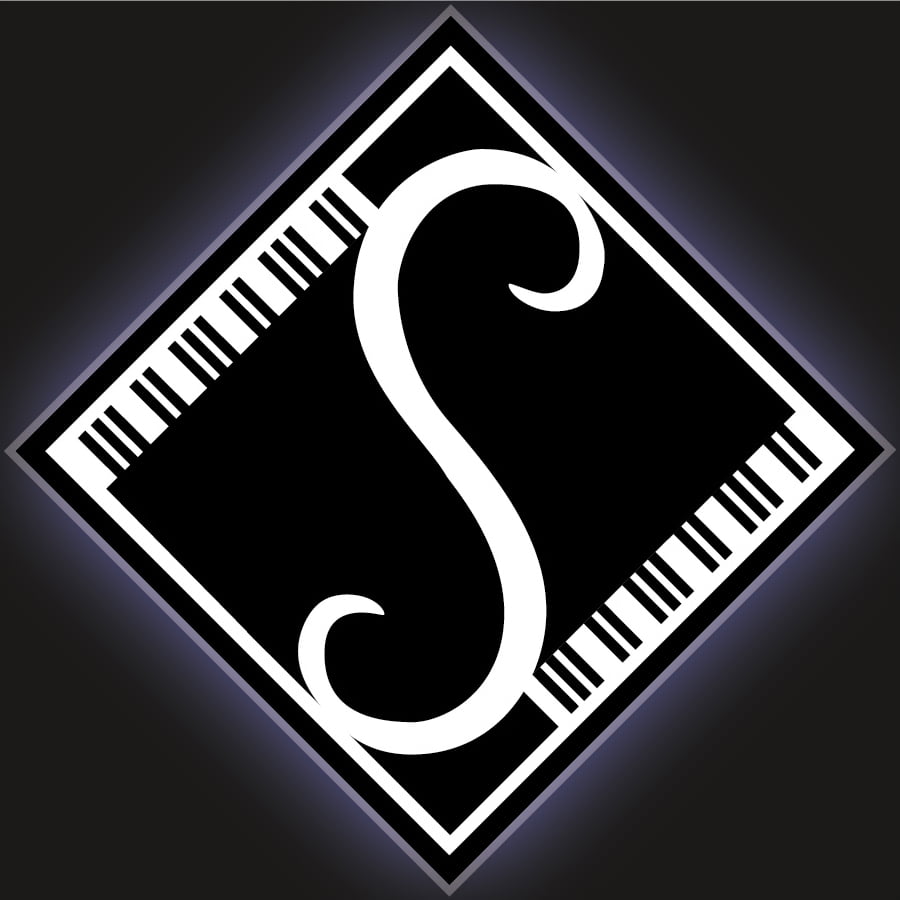The Silva Piano Method
The Silva Piano Method learning system customized for each student that makes sense!
About Our Piano Method: Why is it so effective?
What is Solfege?
Solfege is a system of identifying notes that can be fluently read or sung in rhythm much like reading a verse or a sentence in prose. The solfege note names, do-re-mi-fa-sol-la-si, are easily pronounced and flow well in any order and in varying speeds. This enables the student or artist to study the score away from the instrument.
Why Solfege is Essential
Sound solfege skills result in more efficient learning, enhanced memorization, better long-term recall and sight-reading ability. It is applied as part of the practice regimen for amateur and professional pianists.
Goals for Students
Make the learning process as clear as possible, with each subsequent step a natural continuation of previously learned material. When it’s “easy” and students learn quickly, it’s fun!
Strategy
Students become intimately familiar with the layout of the keyboard with exercises geared for reading on the staff, interval and ear training, and rhythm exercises. Written instructions assist students organize their practice activities and account for their time at the piano.
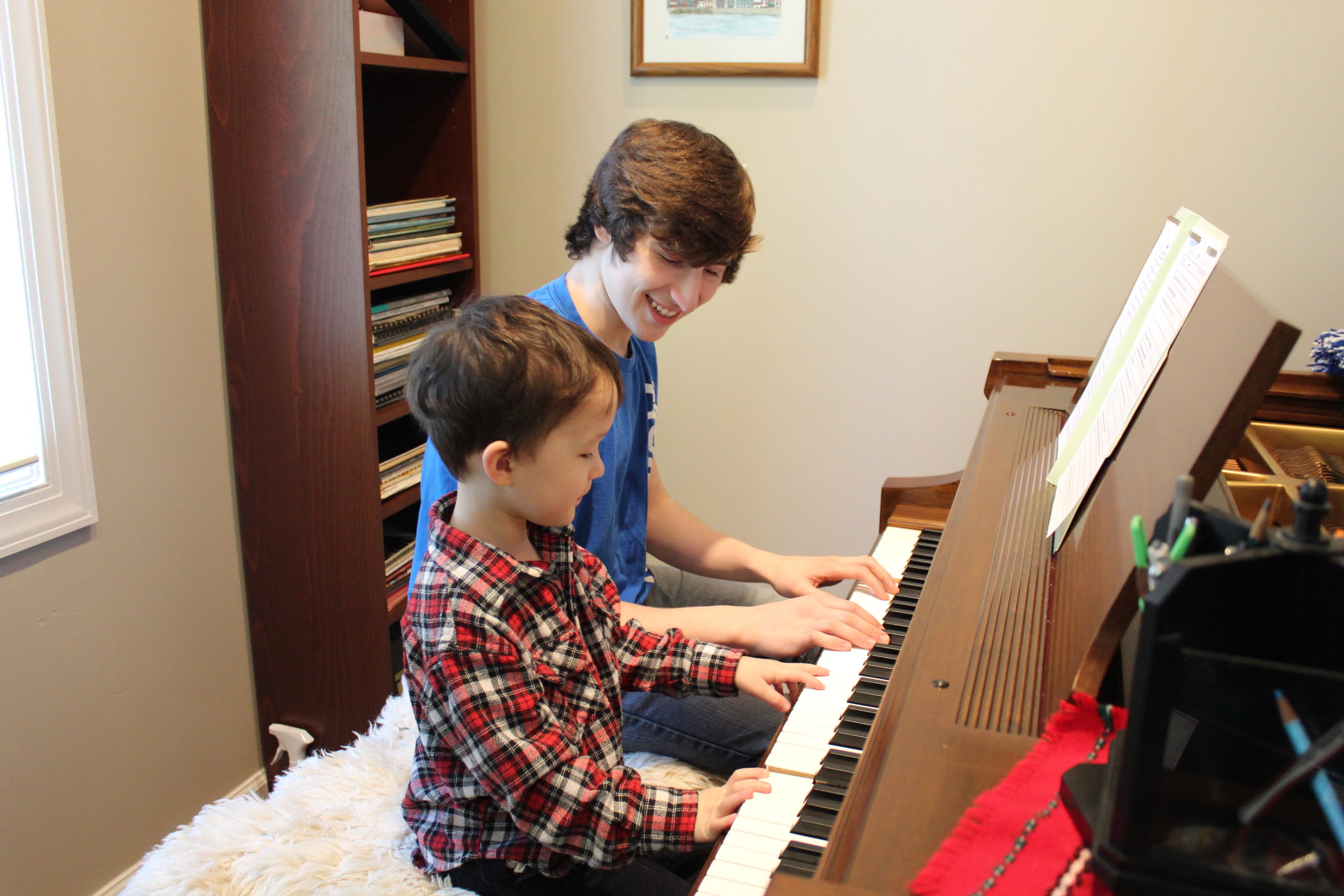
Goals for Students:
◆ Discover how to learn and how to practice, achieve results, solve problems and develop long-term memory.
◆ Shorten the beginner phase, get to intermediate and advanced repertoire as soon as possible.
◆ Develop aural skills by listening and singing the notes in solfege with the Book 1 CD recordings. Students immediately use their most important musical asset: their hearing. Ear training is conducted at every lesson and practiced at home. Relative pitch is necessary for all musicians.
◆ Learn to read music through a process of applied theory at each lesson that includes interval recognition, rhythm training and writing music.
◆ Develop proper technique for strong, disciplined and dependable musical execution, facility and interpretation.
◆ Experience playing for others in recitals held once each term.
Important Factors:
◆ Parental involvement determines success. Parents and good teachers working as a team can be the catalyst for success with the right materials, creating a supportive environment and insisting on a consistent work ethic.
◆ Previously learned pieces in the student’s repertoire list will be systematically cycled in review. This process enhances long-term memory skills. Additionally, working on more advanced technical and musical nuances may be applied and explored when reviewing these pieces.
◆ Detailed practice instructions will assist students (and parents) to organize a practice routine, achieve the week’s goals and account for time at the piano. This record reflects rate of progress and provides feedback.

About The Silva Piano Method©, Level 1
◆ A progress chart is built into the front cover of the book with a list of skills for each of the pieces and it helps students see exactly what they have mastered and what their next goals are.
◆ Book One is sectioned into four comprehensive sections: Applied Theory, Pieces, Scales, and Rhythm. Each of the four sections are addressed during the lesson time. After the 20th piece is learned, the student is no longer a beginner, and has already begun developing solid reading skills with Ferdinand Beyer and Method Rose books. This next level includes the study of Burgmuller Etudes Op. 100, Sonatinas and Bach Pieces (Minuets, Preludes, Two-Part Inventions). More advanced technical work is introduced, including various exercises, continuing scale study and writing, chord progressions, continuing ear training.
◆ This method is designed to be completed within a year or less. The rate of progress demonstrated by students over the years varies greatly depending on the discipline and practice habits of the student. Maturity, interest and parental involvement also have a tremendous impact on the rate of progress.
◆ A cd recording of Book One has all the pieces students will learn to play. Most of them have the melody sung in solfege, then with chords, then as written with the specific configuration the piece has for the left hand. Being able to cognitively sing the actual notes the students are going to play before they learn to play the piece results in astounding learning acceleration.
◆ Students are required to keep up all their previously learned pieces so they may play the entire book when finished!

What is solfege and why do we find it essential?
Solfege is a system of identifying notes that can be fluently read or sung in rhythm much like reading a verse or a sentence in prose. The solfege note names, do-re-mi-fa-sol-la-si, are easily pronounced and flow well in any order and in varying speeds. This enables the student or artist to study the score away from the instrument. Learning the music away from the instrument has been advocated by many great musicians and pedagogues. Most beginner piano methods do not address the use of speech or singing, as the corresponding notes of c,d,e,f,g,a,b, are awkward to say and sing, either alone or while playing. Singe lyrics do not provide a cognitive note-identification system that can be directly applied to the music at hand. A simple example to demonstrate the effectiveness of solfege syllables compared to the letter names would be to sing “Mary Had a Little Lamb” with the letter names (e-d-c-d-e-e-e, d-d-d…) followed by singing the same notes with the solfege syllables (mi-re-d0-re-mi-mi-mi, re,re, re…) as in the audio example below. Even pre-schoolers find it easy to sing in solfege!
◆ Solfege skills result in more efficient learning, enhanced memorization, better long-term recall and sight-reading ability. It may be applied as part of the practice regimen for amateur and professional pianists.
◆ Nothing about using solfege is new! These skills and learning disciplines were exactly what many great artists and composers had as their training! Many top music schools in this country require students to take solfege classes.
◆ The solfege in the Silva Piano Method© written by Dr. and Mrs. Silva is based on fixed do, just like c is fixed. Reading in solfege is easily transferable to naming notes in c-d-e for analysis purposes for the advanced students.
◆ Training in solfege after having had the c-d-e approach will have an immediate positive impact on the skills of an already accomplished musician and will manifest positively in his or her learning, memorization, aural and sight-reading skills.
◆ Solfege skills may be applied by musicians playing other instruments too!
Mary Had a Little Lamb Sung in Solfege Notes
Malcolm Gladwell, Outliers: The Story of Success
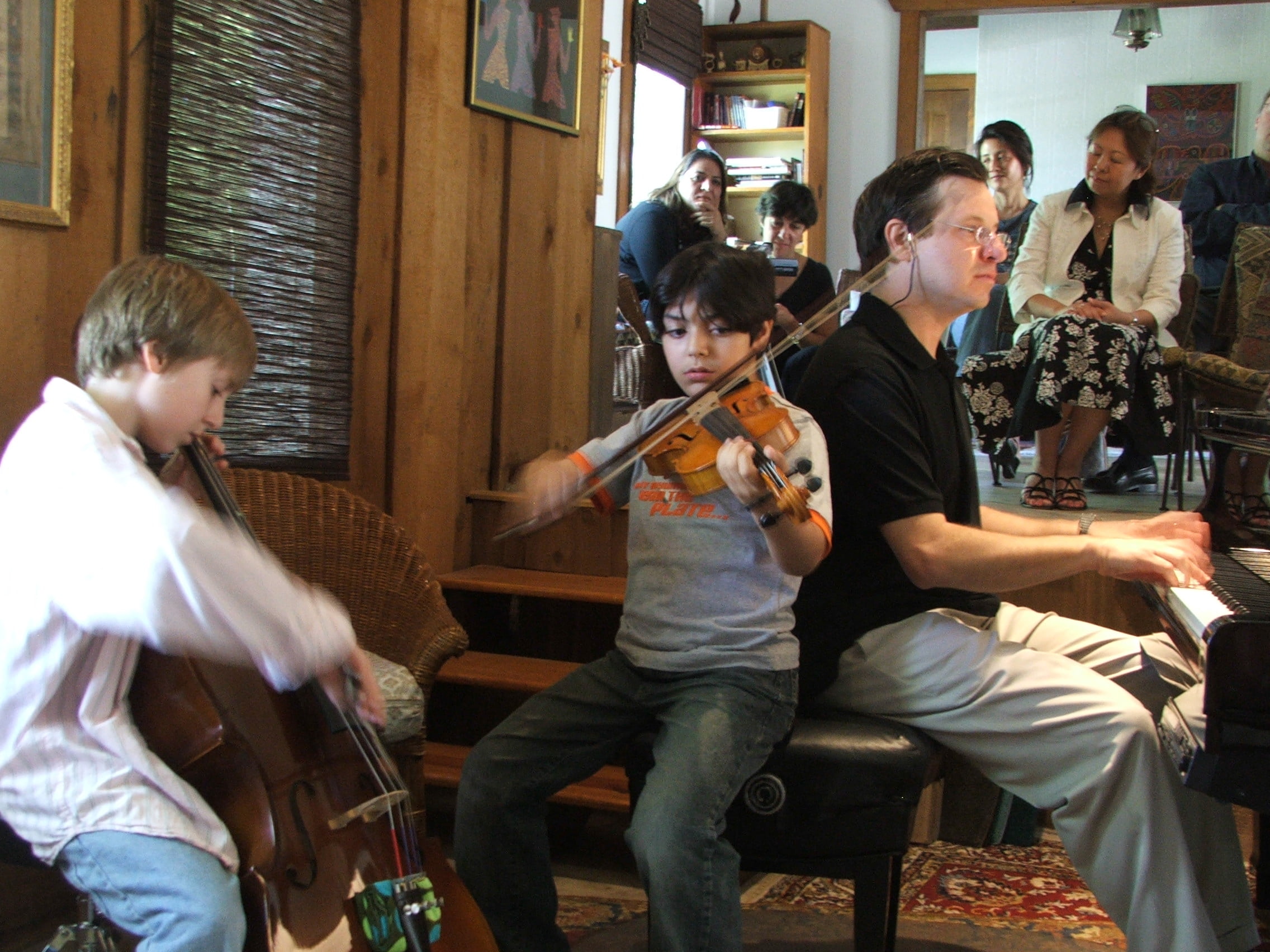
Oak and Ariel Record Book 1
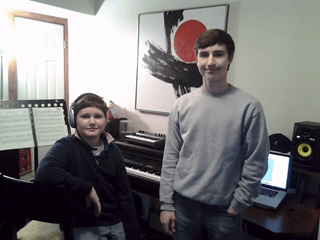
Dorian Finishes Book 1
